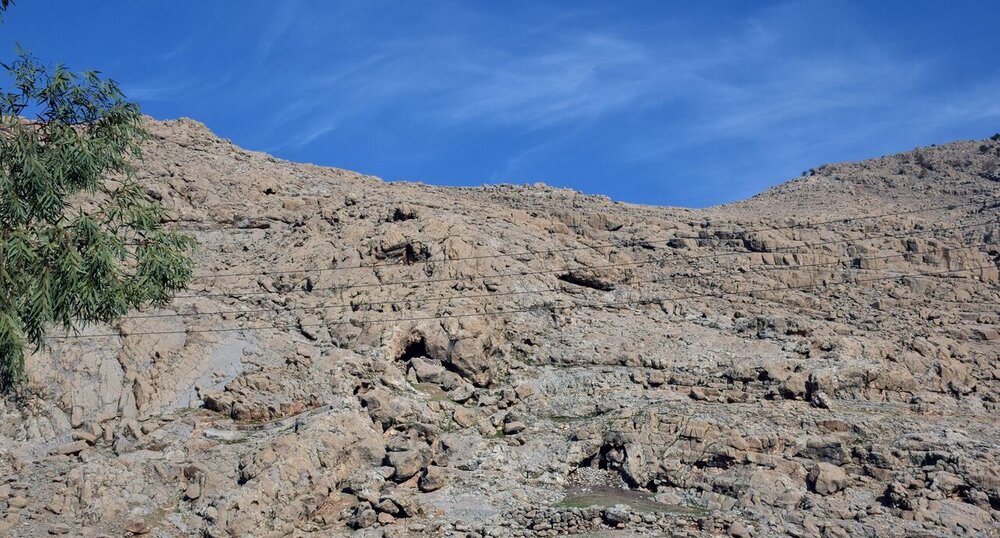Tens of Paleolithic caves, rock shelters identified in southwest Iran

TEHRAN - A total of 59 caves and rock shelters, estimated to date from the Paleolithic era, have recently been discovered in an archaeological survey carried out near the city of Izeh, southwestern Khuzestan province.
“59 caves and rock shelters were found in northern and northwestern parts of the Izeh plain during the second season of an archaeological survey, which recently came to an end under supervision of the Research Institute for Cultural Heritage and Tourism,” IRNA quoted Mojgan Jayez, leader of the survey, as saying on Sunday.
Sixty nine sites (caves or rocky shelters) were discovered during the first season last year (ended March 2019), she said, adding, 147 caves or rocky shelters have so far been spotted in the region if the ones founded in the 1380s (2000s) are taken into account.
They have been underwent some preliminary studies including documentation and collecting samples of shards scattering nearby, the chief archaeologist noted.
The excavations have also yielded stone artifacts and mineral deposits of the hunter-gatherers once lived in the region, she added.
Khuzestan is home to three UNESCO World Heritage sites of Susa, Tchogha Zanbil and Shushtar Historical Hydraulic System yet it is a region of raw beauty where its visitors could spend weeks exploring. The province is also a cradle for handicrafts and arts whose crafters inherited from their preceding generations.
Lying at the head of the Persian Gulf and bordering Iraq on the west, Khuzestan was settled about 6000 BC by a people with affinities to the Sumerians, who came from the Zagros Mountains region. Urban centers appeared there nearly contemporaneously with the first cities in Mesopotamia in the 4th millennium. Khuzestan, according to Encyclopedia Britannica, came to constitute the heart of the Elamite kingdom, with Susa as its capital.
AFM/MG
